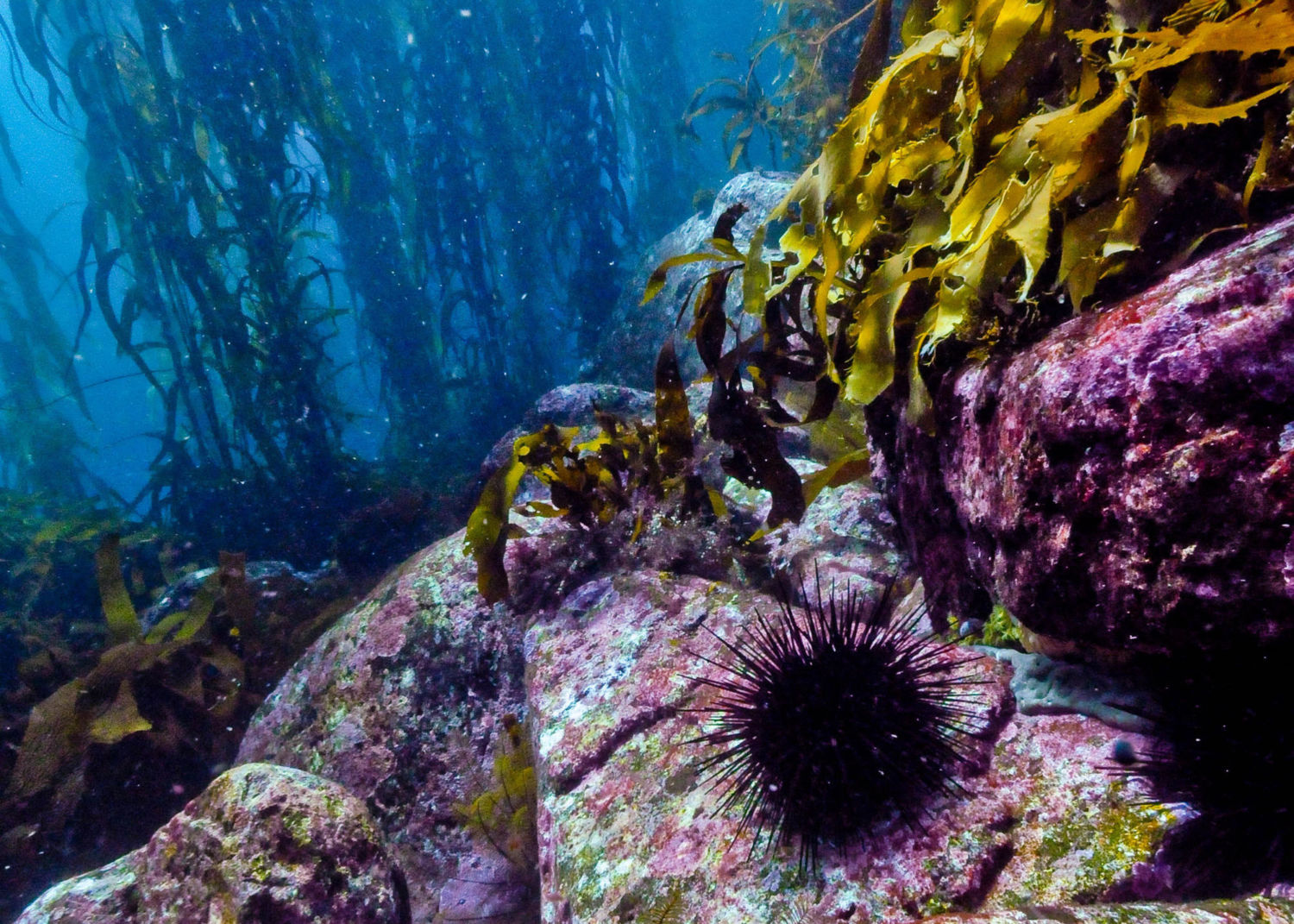
As Oceans Warm, the World’s Kelp Forests Begin to Disappear Yale E360
The giant kelp forests along Tasmania's east coast were once so dense, they were marked on shipping maps. At Fortescue Bay, a sheltered crescent fringed with towering eucalypts, the sea's surface was so thick with macrocystis pyrifera that people taking their fishing boats out to deeper water had to cut a channel through the fronds.
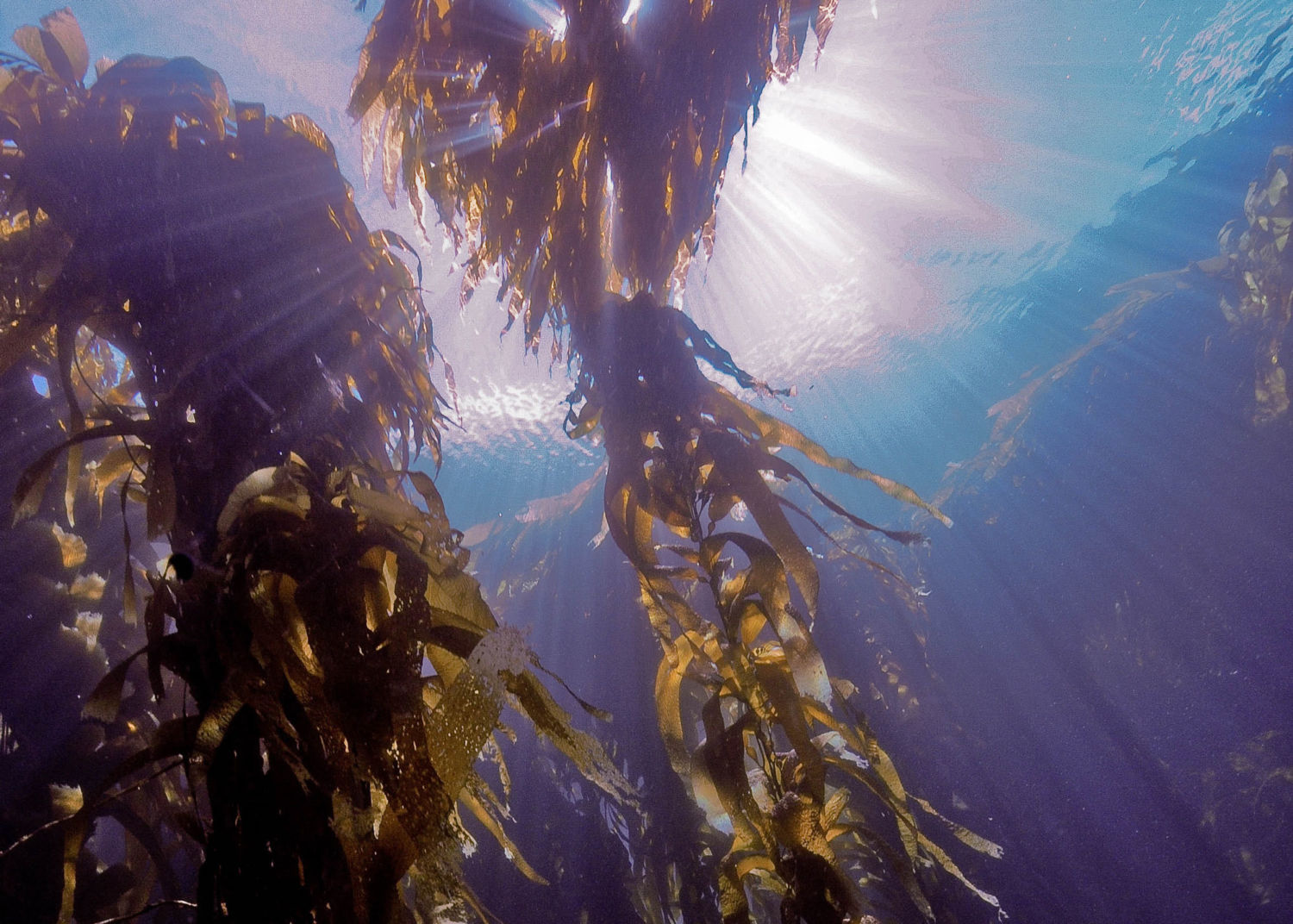
As Oceans Warm, the World’s Kelp Forests Begin to Disappear Yale E360
95 per cent of Tasmania's once widespread giant kelp forests have vanished due to climate change. Scientists have been able to regrow patches of giant kelp using selective breeding. Now they are pillars of hope in the fight to save Tasmania's giant kelp forests from extinction.
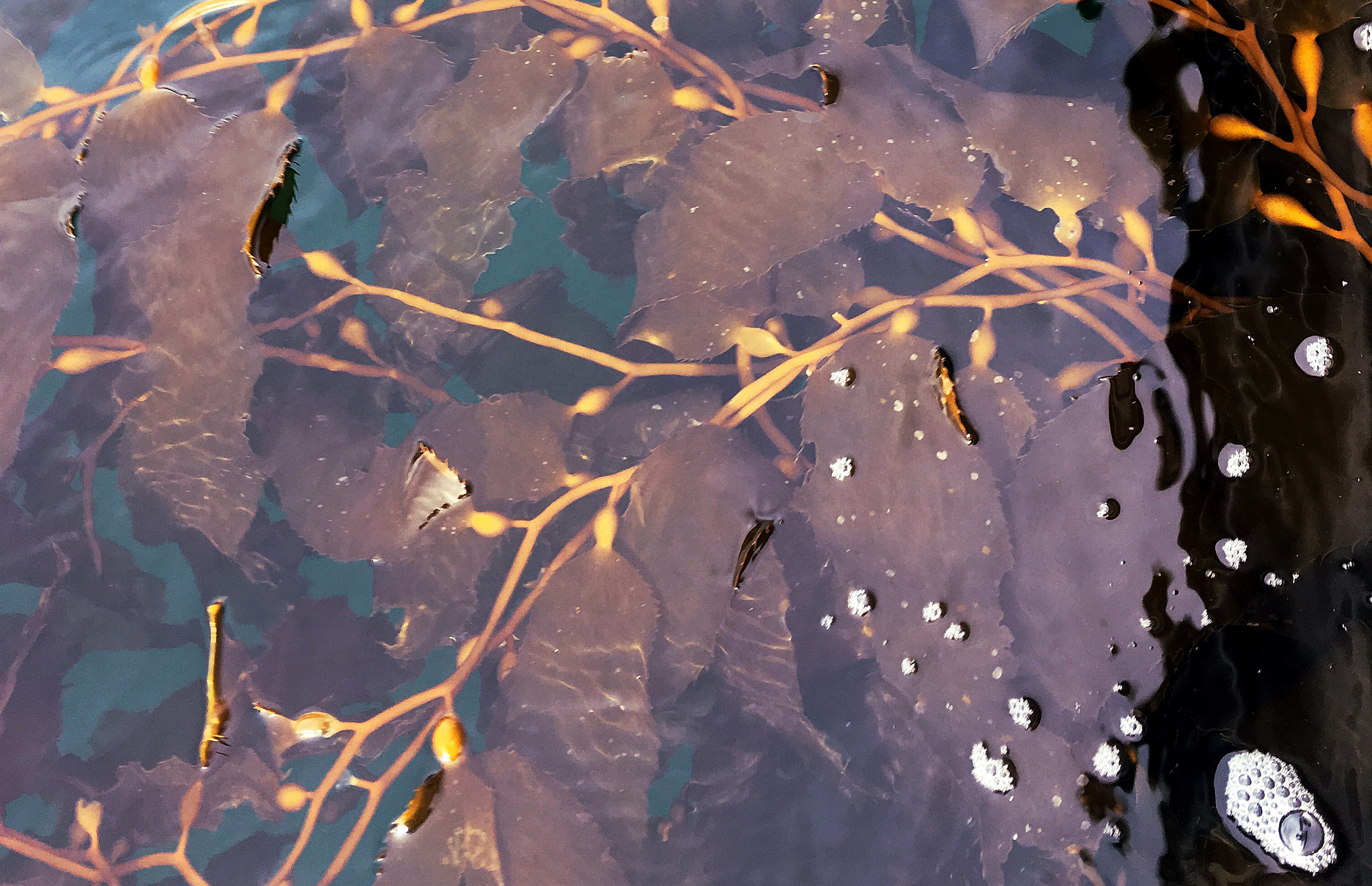
Tasmanians urged to log sightings of endangered giant kelp Institute for Marine and Antarctic
The Nature Conservancy Australia (TNC) is excited to announce a new collaborative project that will bring together the knowledge, experience and capacity of a wide range of partners and stakeholders to help expand Giant Kelp ( Macrocystis pyrifera) restoration efforts in Tasmania.

Kelp Forest Off the Tasmanian Coast Stock Photo Image of kelp, weed 142189180
t e Kelp forests are underwater areas with a high density of kelp, which covers a large part of the world's coastlines. Smaller areas of anchored kelp are called kelp beds. They are recognized as one of the most productive and dynamic ecosystems on Earth.
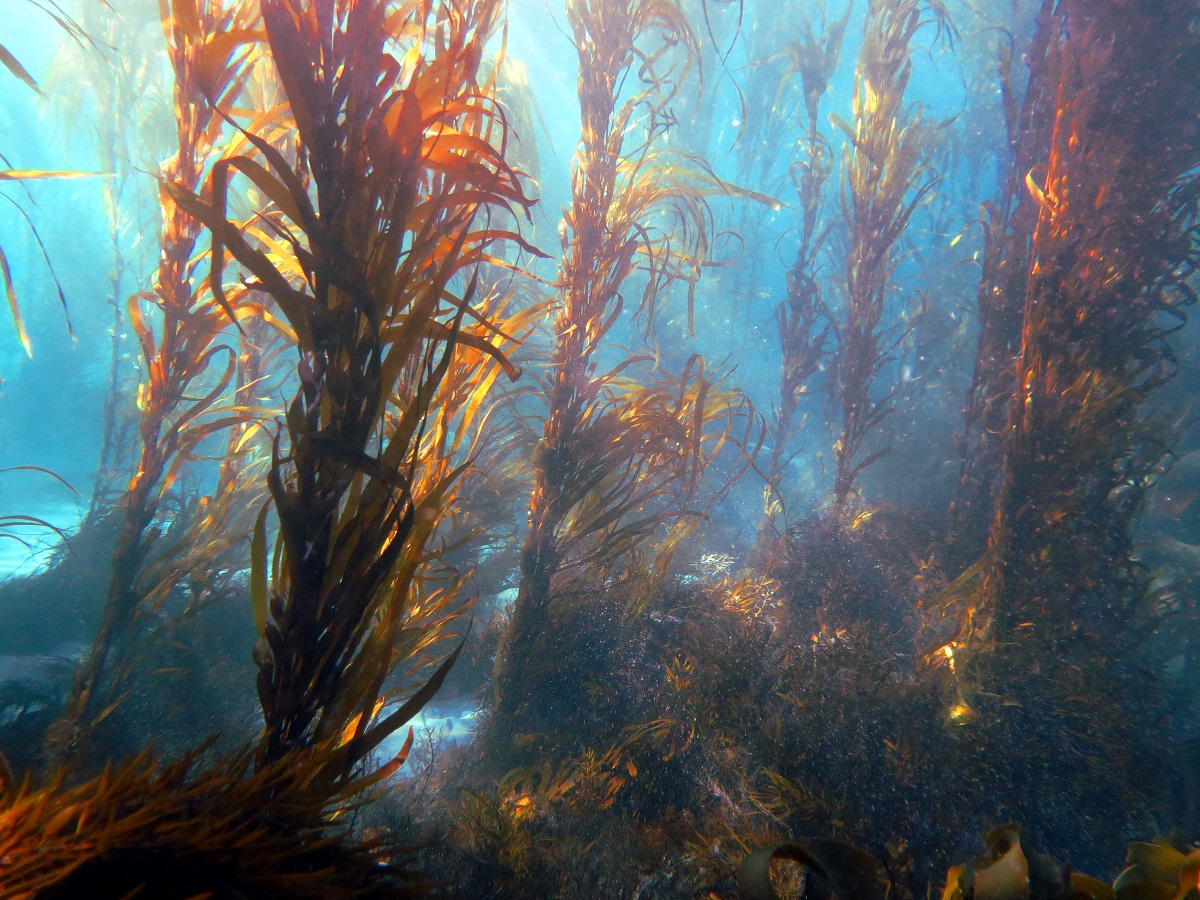
World's First Kelp Restoration Guidebook Inspiring Tasmania
Restoring Tasmania's giant kelp forests the focus of new research project A new joint research project between IMAS and the Climate Foundation is studying the possibility of restoring Tasmania's iconic giant kelp forests, which have almost disappeared over recent decades due to ocean warming.
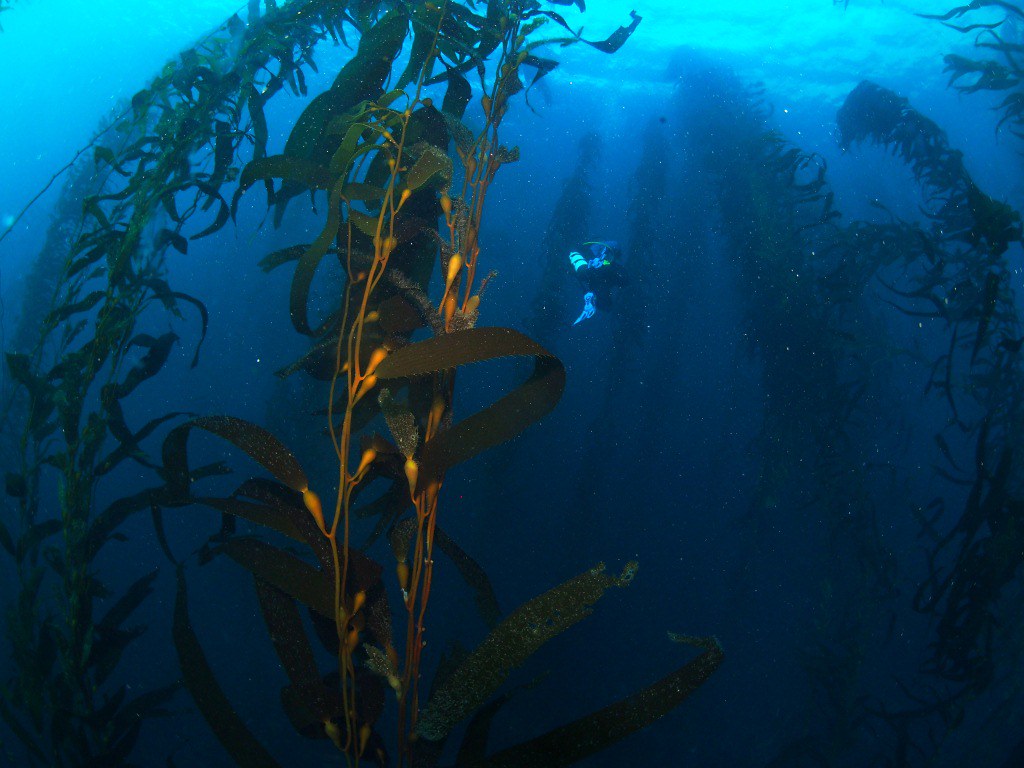
Kelp forest Eaglehawk, Tasmania Phil Watson Flickr
In Tasmania alone, rising ocean temperatures and acidification have wiped out 95% of kelp seaweed forests over the past 80 years, destroying bountiful marine habitats and decimating fisheries.

What Kelp Forests Can Do for the Climate YES! Magazine
Giant kelp — Macrocystis pyrifera — does best in an annual water temperature range of roughly 50 to 60 degrees Fahrenheit, according to Johnson. He says routine summertime spikes into the mid-60s pushed the kelp over the edge. First in Australia, and subsequently in Tasmania, the kelp forests vanished. The Australian government now lists.

Giant kelp forest tasmania hires stock photography and images Alamy
The most threatened kelp forest species in Australia is the Macrocystis pyrifera, better known as giant kelp. Giant kelp forests on Tasmania's East Coast have declined by over 95% in recent decades. In 2012, they were listed as a threatened ecological community under the Australian Federal Government Environment Protection and Biodiversity.

In pictures creatures of Tasmania’s disappearing kelp forests
95% of the iconic giant kelp forests in Tasmania have disappeared, and are now listed as an endangered marine community. RECOGNISING GIANT KELP Fishers can recognise giant kelp based on their: large wide leaves with air bladders at their base; and stringy central stalk or stalks;
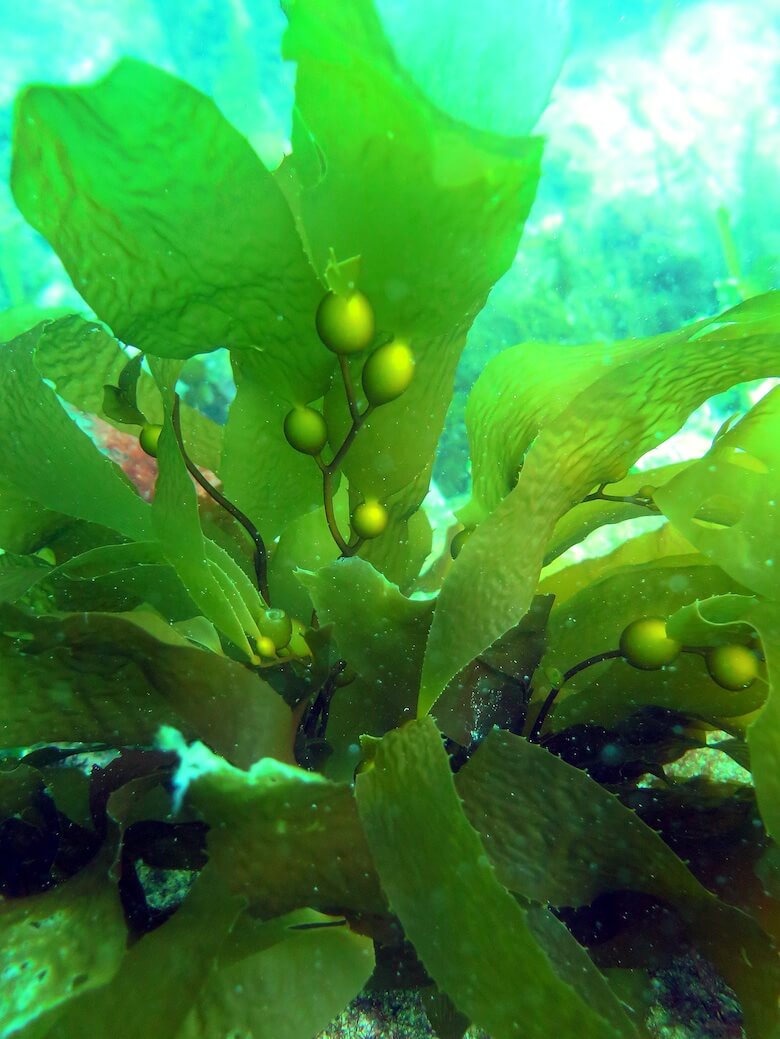
Reviving Tasmania’s Undersea Giant Kelp Forest Sacred Groves
ABC News Homepage Search More from ABC © 2023 ABC But these were not the terrestrial forests that have triggered so much controversy in the island state. They were the grand forests of giant kelp ( Macrocystis pyrifera) Puck, now in his 90s, is lean, sinewy and still strong from years of work. He describes the kelp with exuberance.

In pictures creatures of Tasmania’s disappearing kelp forests Kelp forest, Ocean habitat
One of Australia's great forests once grew hidden from sight off the east coast of Tasmania. Swathes of giant kelp, known as kelp forests, grew from the ocean floor, towering 30 to 40 metres into massive floating canopies across the surface of the sea.
Tasmania's disappearing giant kelp forests on Vimeo
"The Giant Kelp Restoration Project is the first of its kind in Tasmania, where partners have teamed up to support giant kelp forest restoration, with the vast amount of knowledge gained over time being leveraged to help recover giant kelp forests at ecologically meaningful scales," said Paul Tompkins, TNC's Kelp Restoration Coordinator.

Reviving Tasmania’s Undersea Giant Kelp Forest Sacred Groves
Mobile: 0478638180. Email: [email protected]. The Nature Conservancy Australia (TNC) is excited to announce that the Tasmanian Giant Kelp restoration project has reached an important milestone today, with the outplanting of juvenile giant kelp at 12 sites along the east coast of Tasmania. "This is a really exciting day for all partners in.

Restoring Tasmania’s giant kelp forests the focus of new research project Scimex
"The loss of at least 95% of the dense canopy-forming giant kelp forests along Tasmania's coastline has devastated the dense, sheltered habitat they created for a wide range of fish and invertebrates, including commercially valuable species such as abalone and lobster.
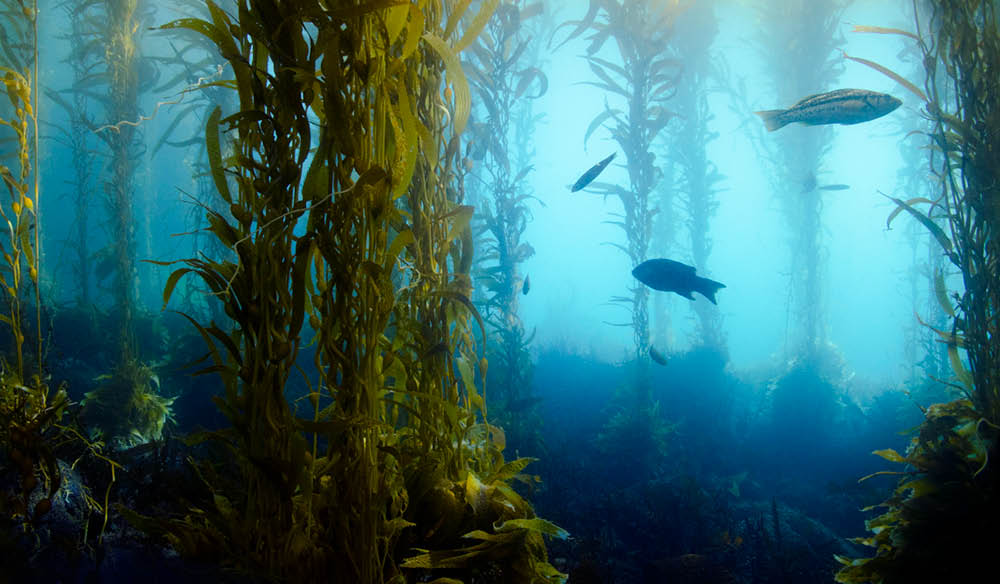
In search of Tasmania's wild kelp ocean forests Australian Traveller
T he thick underwater forests off Tasmania's east coast used to be so dense they were marked as shipping hazards on nautical charts. Thriving stands of giant kelp, which grows up to 40 metres.

Tasmania's Disappearing Kelp Forests YouTube
Tasmania's amazing giant kelp forests may be all but gone, but there's still endless life among the weeds. Snorkels at the ready, here's how you can experience it. Imagine yourself flying through a forest, like in Avatar, and that's exactly what scuba diving among the giant kelp off Tasmania is like.